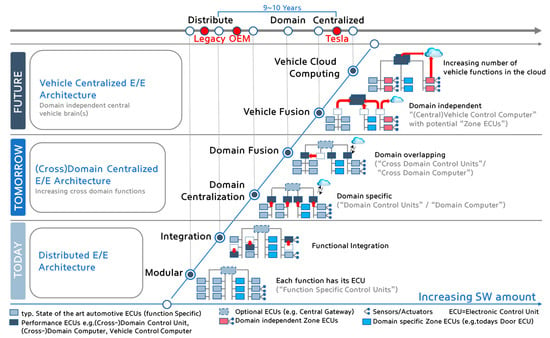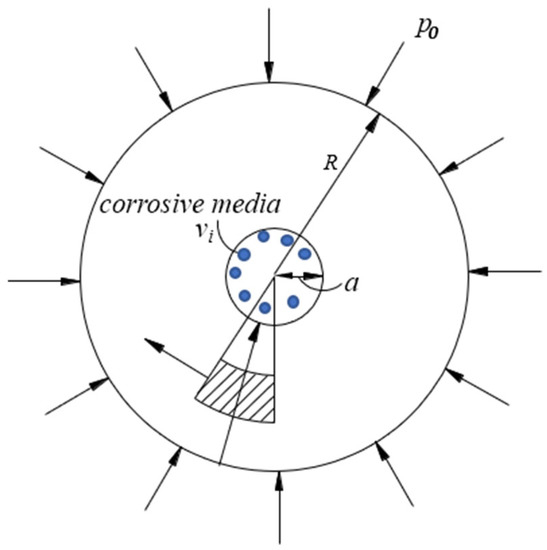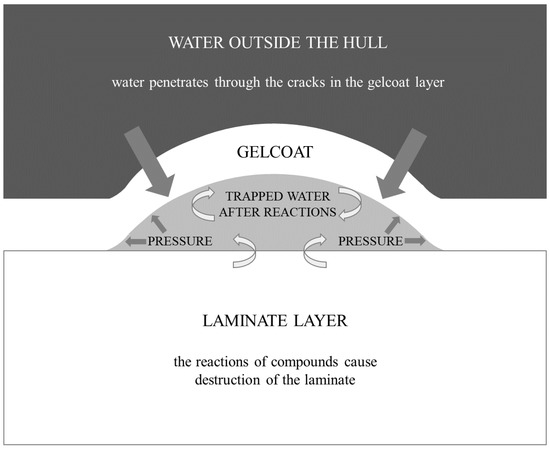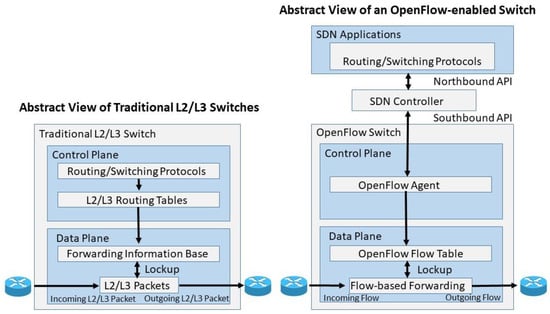1
Department of Mechatronics Engineering, School of ICT Convergence Engineering, College of Science & Technology, Konkuk University, Chungju 27478, Republic of Korea
2
Department of Biomedical Engineering, Research Institute of Biomedical Engineering, School of ICT Convergence Engineering, College of Science & Technology, Konkuk University, Chungju 27478, Republic of Korea
3
Research Institute of Biomedical Engineering, School of ICT Convergence Engineering, College of Science & Technology, Konkuk University, Chungju 27478, Republic of Korea
Appl. Sci. 2023, 13(7), 4183; https://doi.org/10.3390/app13074183 - 25 Mar 2023
Cited by 2 | Viewed by 4761
Abstract
This study proposes a method for determining obstruction of the endotracheal tube (ET) and its degree and location. Respiratory signals were acquired using a three sensor (microphone, pressure, and flow) integrated sensor connector. Obstruction classification involved pre-processing and feature extraction. During pre-processing, one
[...] Read more.
This study proposes a method for determining obstruction of the endotracheal tube (ET) and its degree and location. Respiratory signals were acquired using a three sensor (microphone, pressure, and flow) integrated sensor connector. Obstruction classification involved pre-processing and feature extraction. During pre-processing, one cycle of the respiratory signal was extracted using respiratory cycle extraction and phase segmentation. The signal was then divided into three phases: (i) inspiratory phase, (ii) expiratory phase, and (iii) between both the phases, where the intrapulmonary pressure increased, decreased, and remained constant, respectively. In the feature extraction process, the results were quantified using absolute value average and texture analyses. Artificial ET tubes were fabricated to simulate the presence of foreign substances in the ET tube; they had different degrees of obstruction (0%, 20%, 40%, and 50%) and obstruction positions (Sections 1, 2, and 3). The experiment was performed by connecting the sensor connector and artificial ET tube between the ventilator and test lung. Respiratory signals were obtained in 10 cases by cross connecting the artificial ET tubes. The degree and location of obstruction were classified according to the average absolute value and texture analyses of the flow data. The obstruction can be determined through the texture analysis results using the combined microphone and flow sensor data. The proposed method is simple in configuration, can be readily used in existing setups, and can be operated regardless of surrounding noise.
Full article
(This article belongs to the Special Issue Novel Clinical Device for Biomedical Engineering)
▼
Show Figures














